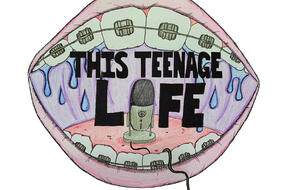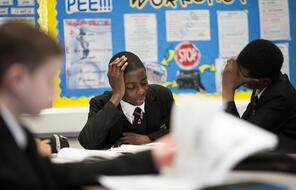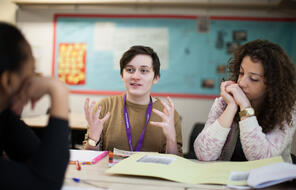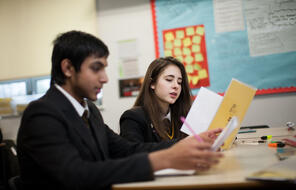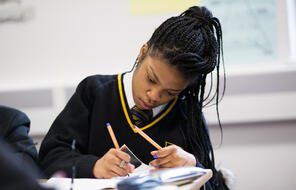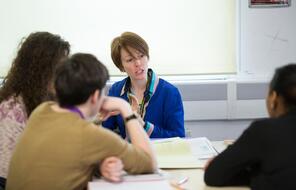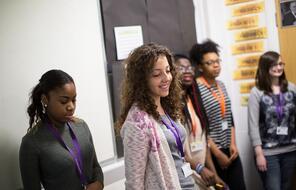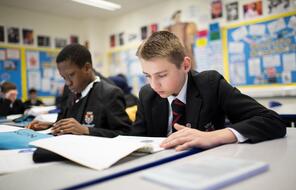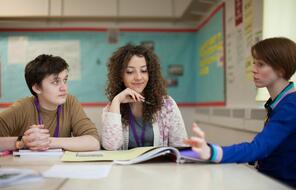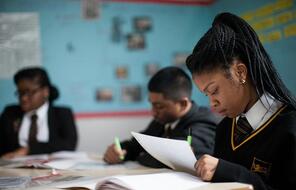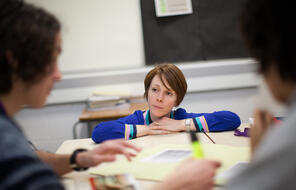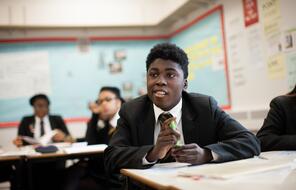
Reflecting on Media Literacy Skills and their Importance
Overview
About This Lesson
This is the tenth and final lesson in a unit designed to help teachers have conversations with their students about media literacy in a critical, reflective and constructive way. Use these lessons to help your students reflect on the changing media and information landscape; understand how this landscape impacts individuals, communities and society; and consider how they can thoughtfully and responsibly engage with content they encounter online and in print. This learning can also help them become conscientious content creators. Supporting students to develop as critical consumers and creators of information is vital for their well-being, their relationships and our democracy.
This is the final lesson in the unit, which provides students with the opportunity to reflect on their learning and discuss the importance of media literacy skills. In Part I of the lesson, students reflect on the different topics covered in the unit and how these have shaped their understanding of media literacy. In small groups, they then decide on the top media literacy tips that they think it is important for others to know, and consider how to best communicate these tips, planning out a creative communication project. They then re-reflect on Article 19 of the Universal Declaration of Human Rights now that they have completed the unit and consider any changes or updates that they would make to the article.
In the second part of the lesson, students share their ideas in response to the unit’s essential question: How can developing our media literacy support our well-being, our relationships and our democracy? They do so using a discussion format known as a people’s assembly, which allows each person to find their own voice and to listen to the views of others in a structured and democratic way.
Preparing to Teach
A Note to Teachers
Before teaching this lesson, please review the following information to help guide your preparation process.
Lesson Plans
Part I Activities
Part II Activities
Extension Activities
Materials and Downloads
Reflecting on Media Literacy Skills and their Importance
Unlimited Access to Learning. More Added Every Month.
Facing History & Ourselves is designed for educators who want to help students explore identity, think critically, grow emotionally, act ethically, and participate in civic life. It’s hard work, so we’ve developed some go-to professional learning opportunities to help you along the way.
Exploring ELA Text Selection with Julia Torres
On-Demand
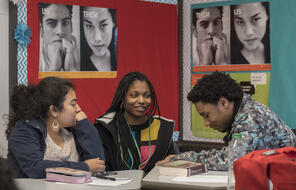
Working for Justice, Equity and Civic Agency in Our Schools: A Conversation with Clint Smith
On-Demand
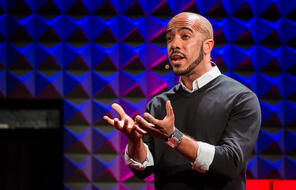
Centering Student Voices to Build Community and Agency
On-Demand
